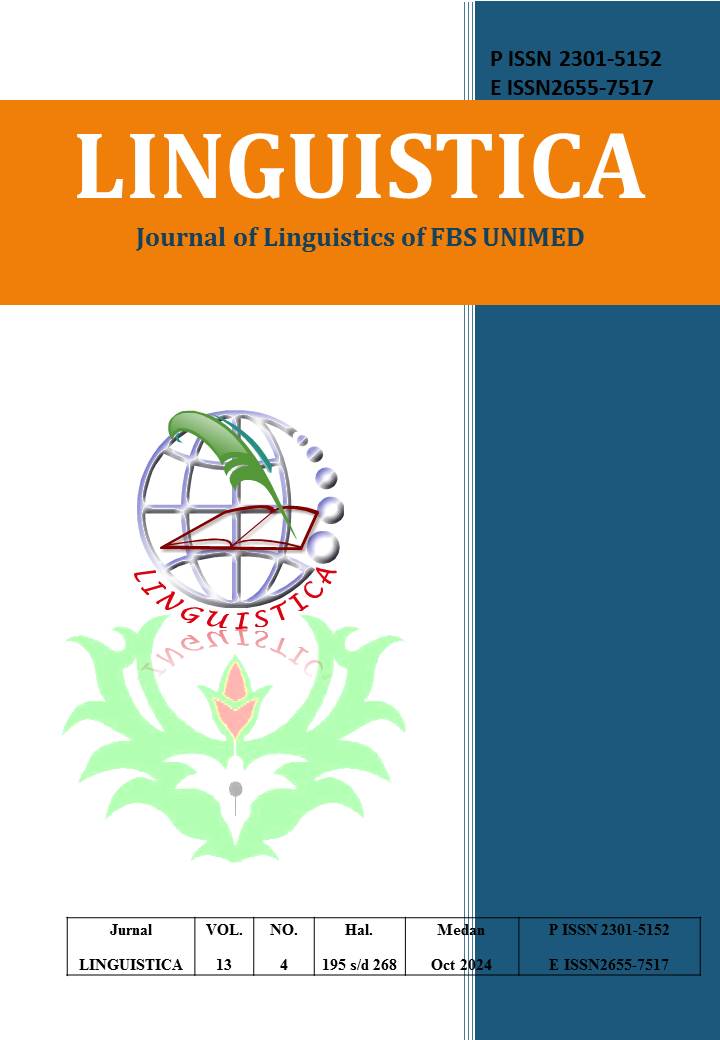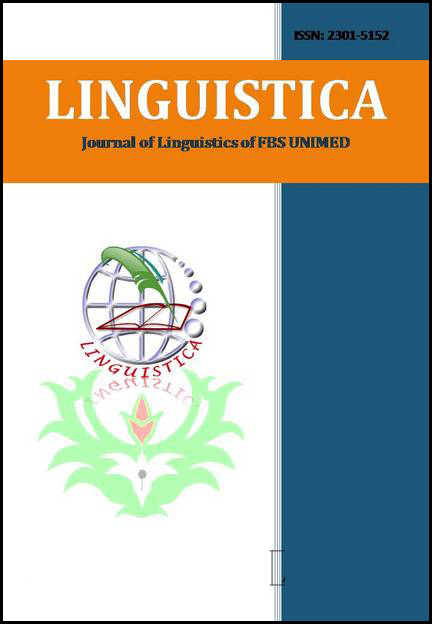Investigating Semantic Errors in English to Indonesian Translations: A Case Study of DeepL Translator
DOI:
https://doi.org/10.24114/jalu.v14i2.65047Abstract
This study focuses on investigating semantic errors in English to Indonesian translation using DeepL Translate, with the aim of evaluating the extent of semantic accuracy of this translation tool. This study uses a qualitative approach with a case study design, where data is collected by observing translations during a conversation between a native English speaker and a native Indonesian speaker. Each translation was analysed using a qualitative descriptive method to identify semantic errors, which were classified into three categories: inappropriate word choice, loss of implicit meaning, and ambiguity of sentence structure. The results showed that out of 50 translated sentences, there were 15 semantic errors, with inappropriate word choice being the dominant category. The conclusion of this study is that while DeepL is capable of producing relatively good translations, its limitations in understanding semantic context remain a significant bottleneck. The study recommends further development of the automatic translation algorithm and training of users to use the technology critically and judiciously. Keywords: deepL translate, english to indonesian translation, semantic errorsDownloads
Published
2025-04-26
How to Cite
Guk Guk, S. A. R., Pratiwi, A. S., & Batubara, A. A. H. (2025). Investigating Semantic Errors in English to Indonesian Translations: A Case Study of DeepL Translator. LINGUISTICA, 14(2), 93–99. https://doi.org/10.24114/jalu.v14i2.65047
Issue
Section
Articles
License
Copyright (c) 2025 Sahmiral Amri Raja Guk Guk, Anggun Siska Pratiwi, Agung Arif Hakim Batubara

This work is licensed under a Creative Commons Attribution-ShareAlike 4.0 International License.
Authors who publish with this journal agree to the following terms:
- Authors retain copyright and grant the journal the right of first publication with the work simultaneously licensed under a Creative Commons Attribution License that allows others to share the work with an acknowledgment of the work's authorship and initial publication in this journal.
- Authors are able to enter into separate, additional contractual arrangements for the non-exclusive distribution of the journal's published version of the work (e.g., post it to an institutional repository or publish it in a book), with an acknowledgment of its initial publication in this journal.
- Authors are permitted and encouraged to post their work online (e.g., in institutional repositories or on their website) prior to and during the submission process, as it can lead to productive exchanges, as well as earlier and greater citation of published work (See The Effect of Open Access).
- This work is licensed under a Creative Commons Attribution-ShareAlike 4.0 International License.









